Introduction
Communicating at a Distance
Computers Communicate Differently
Early Wide Area Store-and-Forward Networks
Packets and Routers
Addressing and Packets
Putting It All Together
Glossary
Questions
Network Architecture
The Link Layer
The Internetwork Layer (IP)
The Transport Layer (TCP)
The Application Layer
Stacking the Layers
Glossary
Questions
Link Layer
Sharing the Air
Courtesy and Coordination
Coordination in Other Link Layers
Summary
Glossary
Questions
Internetworking Layer (IP)
Internet Protocol (IP) Addresses
How Routers Determine the Routes
When Things Get Worse and Better
Determining Your Route
Getting an IP Address
A Different Kind of Address Reuse
Global IP Address Allocation
Summary
Glossary
Questions
The Domain Name System
Allocating Domain Names
Reading Domain Names
Summary
Glossary
Questions
Transport Layer
Packet Headers
Packet Reassembly and Retransmission
The Transport Layer In Operation
Application Clients and Servers
Server Applications and Ports
Summary
Glossary
Questions
Application Layer
Client and Server Applications
Application Layer Protocols
Exploring the HTTP Protocol
The IMAP Protocol for Retrieving Mail
Flow Control
Writing Networked Applications
Summary
Glossary
Questions
Secure Transport Layer
Encrypting and Decrypting Data
Two Kinds of Secrets
Secure Sockets Layer (SSL)
Encrypting Web Browser Traffic
Certificates and Certificate Authorities
Summary
Glossary
Questions
The OSI Model
Physical (Layer 1)
Data Link (Layer 2)
Network (Layer 3)
Transport (Layer 4)
Session (Layer 5)
Presentation (Layer 6)
Application (Layer 7)
Comparing the OSI and TCP/IP Models
Link Layer (TCP/IP)
Internetwork Layer (TCP/IP)
Transport Layer (TCP/IP)
Application Layer (TCP/IP)
Conclusion
Glossary
Questions
Wrap Up
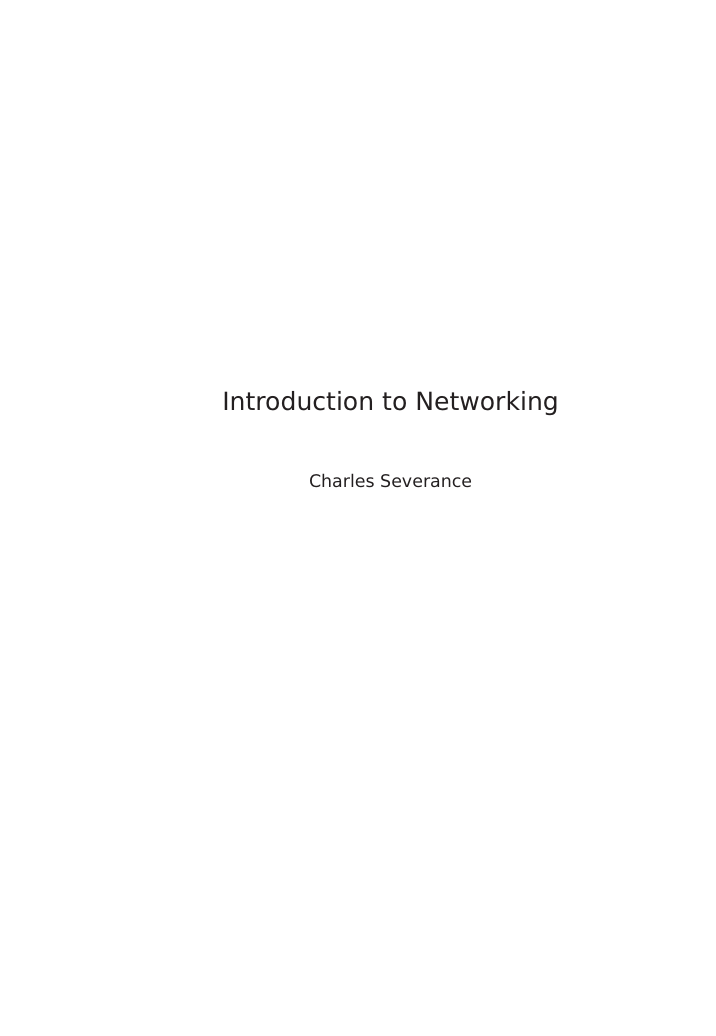

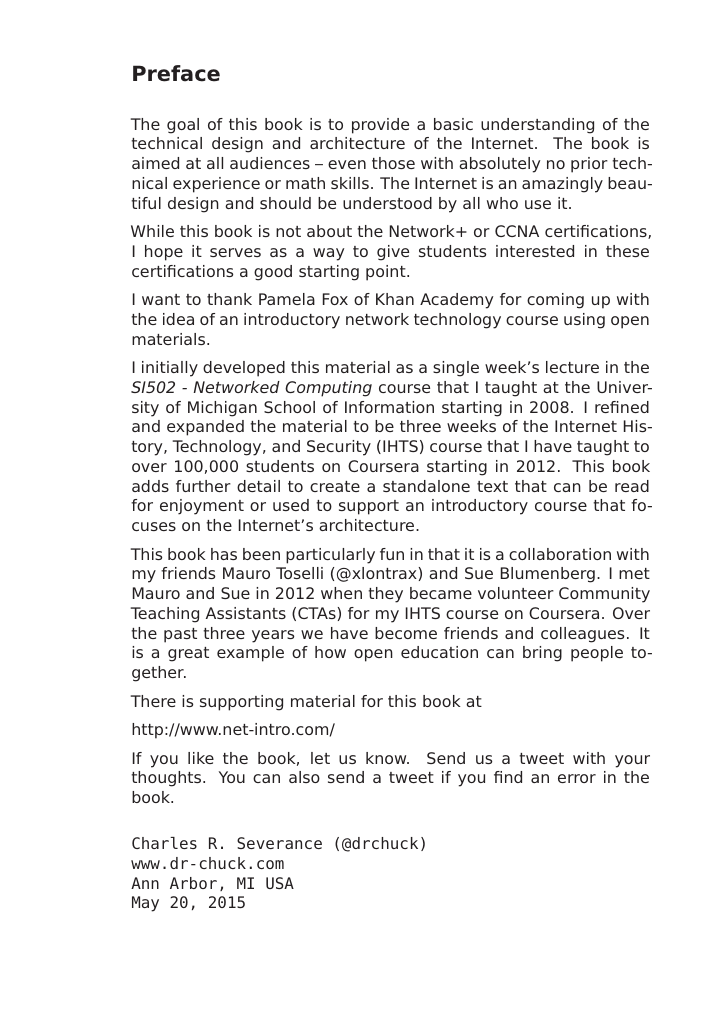


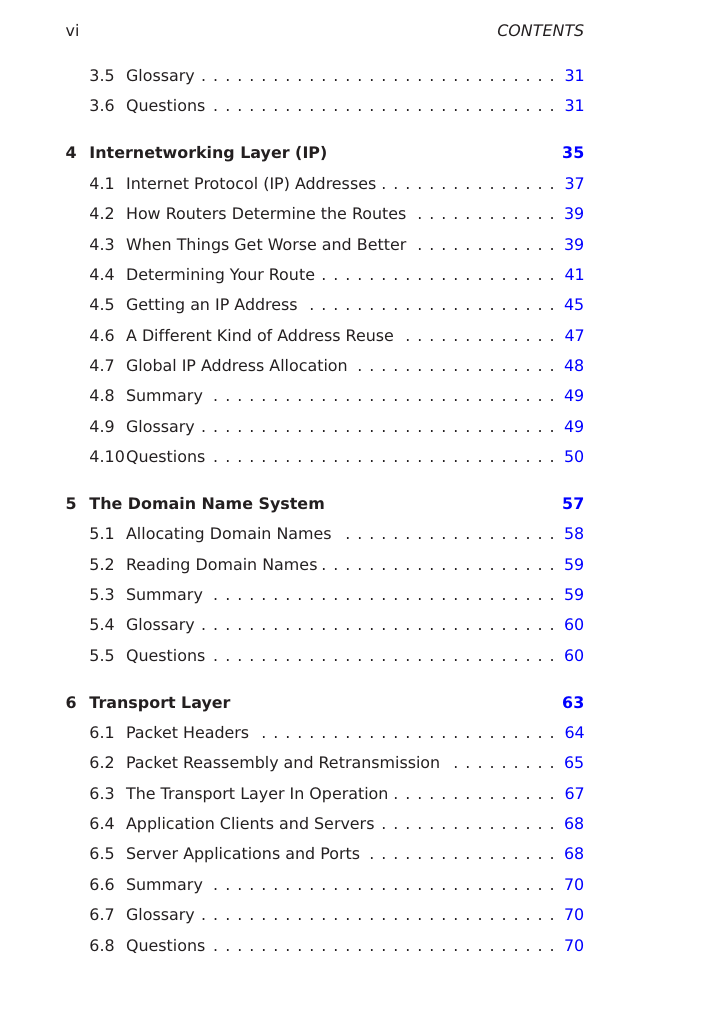
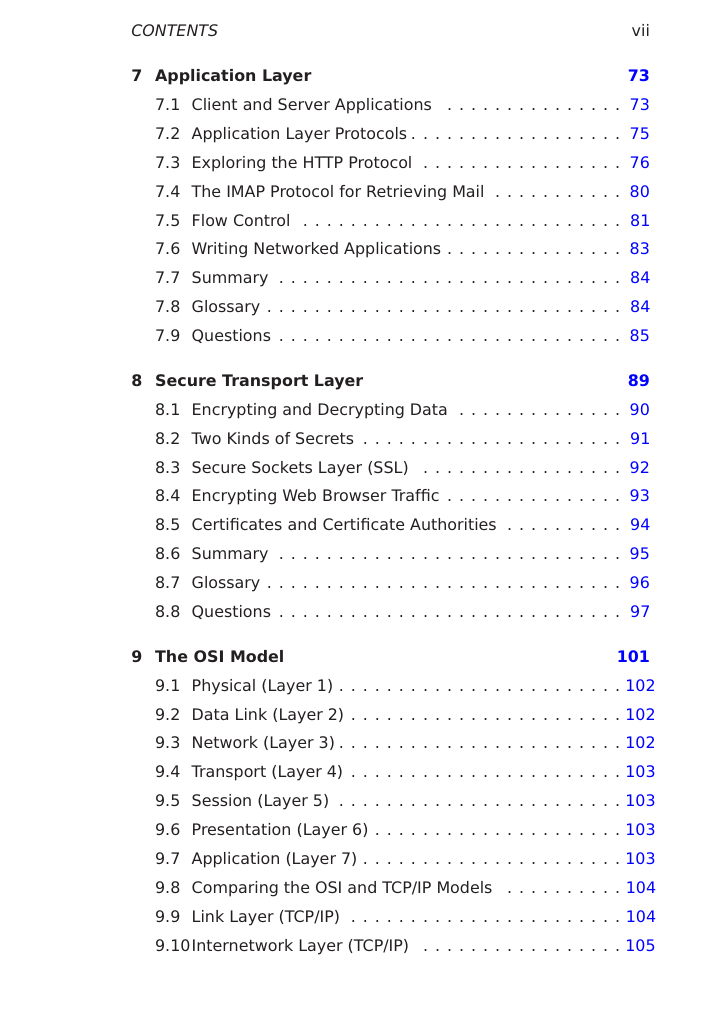
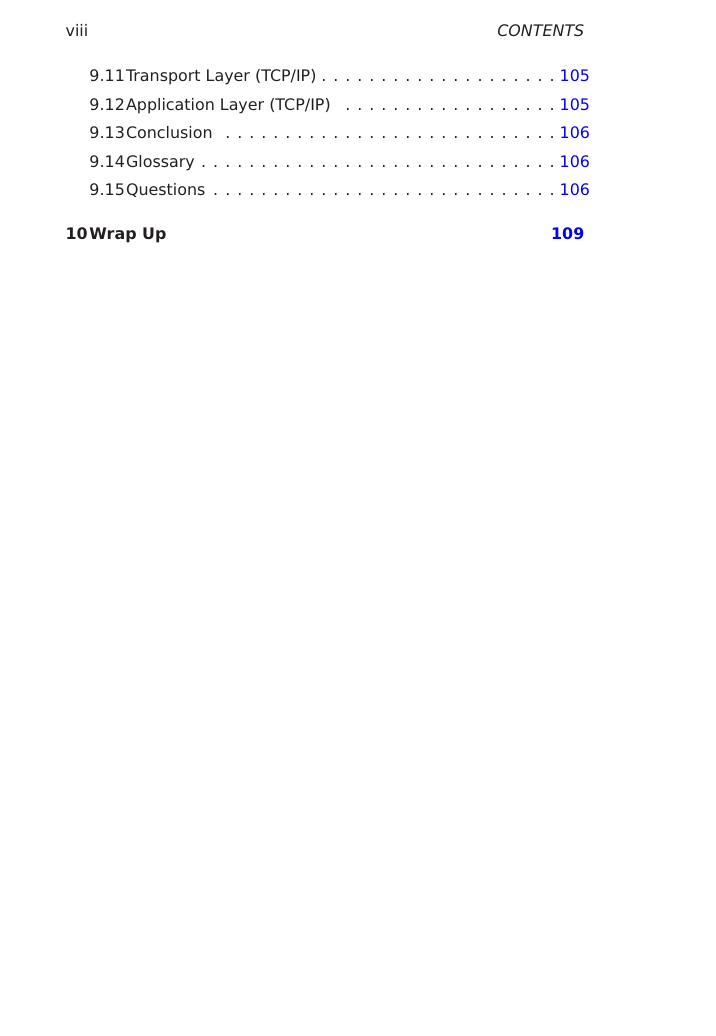








 2023年江西萍乡中考道德与法治真题及答案.doc
2023年江西萍乡中考道德与法治真题及答案.doc 2012年重庆南川中考生物真题及答案.doc
2012年重庆南川中考生物真题及答案.doc 2013年江西师范大学地理学综合及文艺理论基础考研真题.doc
2013年江西师范大学地理学综合及文艺理论基础考研真题.doc 2020年四川甘孜小升初语文真题及答案I卷.doc
2020年四川甘孜小升初语文真题及答案I卷.doc 2020年注册岩土工程师专业基础考试真题及答案.doc
2020年注册岩土工程师专业基础考试真题及答案.doc 2023-2024学年福建省厦门市九年级上学期数学月考试题及答案.doc
2023-2024学年福建省厦门市九年级上学期数学月考试题及答案.doc 2021-2022学年辽宁省沈阳市大东区九年级上学期语文期末试题及答案.doc
2021-2022学年辽宁省沈阳市大东区九年级上学期语文期末试题及答案.doc 2022-2023学年北京东城区初三第一学期物理期末试卷及答案.doc
2022-2023学年北京东城区初三第一学期物理期末试卷及答案.doc 2018上半年江西教师资格初中地理学科知识与教学能力真题及答案.doc
2018上半年江西教师资格初中地理学科知识与教学能力真题及答案.doc 2012年河北国家公务员申论考试真题及答案-省级.doc
2012年河北国家公务员申论考试真题及答案-省级.doc 2020-2021学年江苏省扬州市江都区邵樊片九年级上学期数学第一次质量检测试题及答案.doc
2020-2021学年江苏省扬州市江都区邵樊片九年级上学期数学第一次质量检测试题及答案.doc 2022下半年黑龙江教师资格证中学综合素质真题及答案.doc
2022下半年黑龙江教师资格证中学综合素质真题及答案.doc